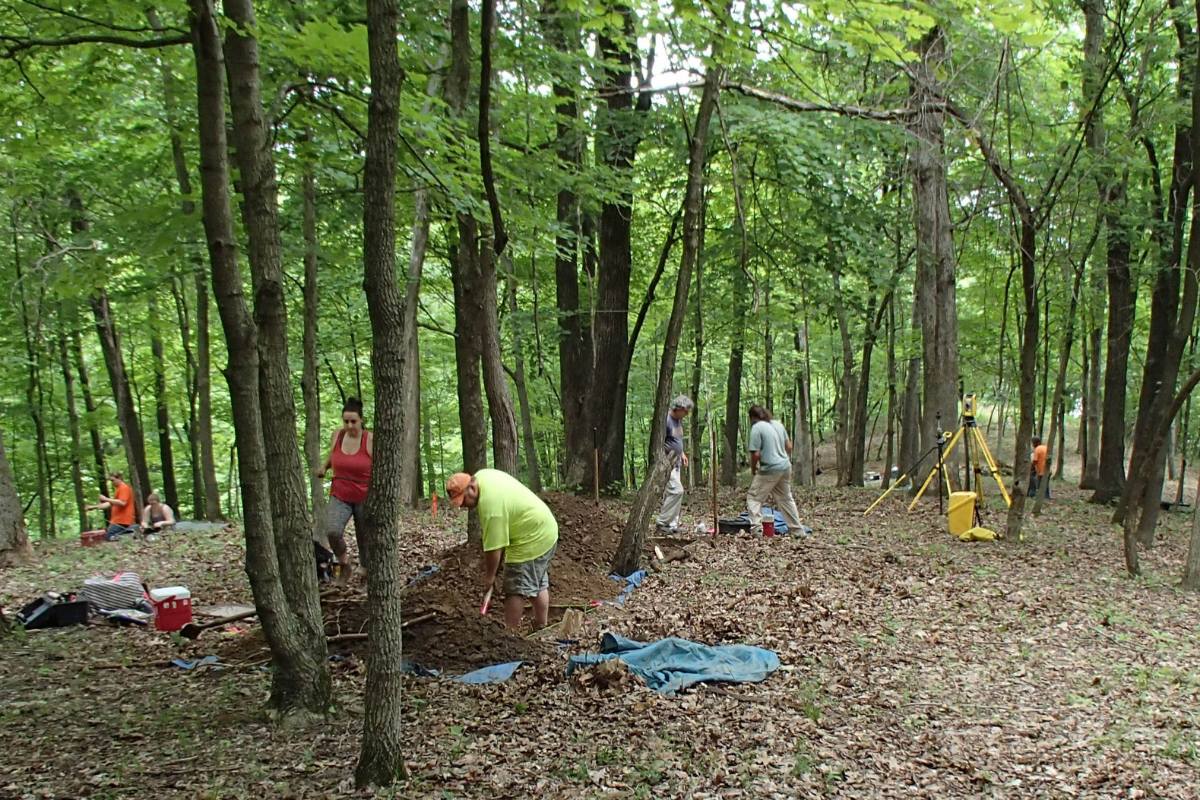The Woodlands of the Nile are a unique and vital ecosystem that stretches along the banks of the longest river in Africa. The Nile, which flows through ten countries in northeastern Africa, is home to a diverse array of flora and fauna, many of which are found nowhere else in the world. The Woodlands of the Nile, which line the river for much of its length, are a vital part of this ecosystem and play a crucial role in the health and well-being of the region.
The Woodlands of the Nile are characterized by their dense canopy of trees and shrubs, which provide habitat and food for a wide variety of animals. The Nile is home to many species of birds, including pelicans, herons, and kingfishers, as well as larger animals such as crocodiles and hippopotamuses. The Woodlands also provide vital resources for humans, including timber, fuel, and medicine.
In addition to their ecological importance, the Woodlands of the Nile have a rich cultural history. They have long been revered as sacred places by the people of the region, and many ancient Egyptian texts and artifacts depict the Woodlands as symbols of life and fertility. The Woodlands have also played a central role in the economies of the region, with people relying on the resources they provide for centuries.
Despite their importance, the Woodlands of the Nile face a number of challenges. One of the most significant threats to the Woodlands is deforestation, which has occurred at alarming rates in recent years. This has been driven by a variety of factors, including population growth, the demand for timber and fuel, and the expansion of agriculture. Deforestation can have serious consequences for the ecosystem, including the loss of habitat and food sources for animals, and the disruption of the water cycle.
In recent years, efforts have been made to protect and preserve the Woodlands of the Nile. These efforts have included the creation of national parks and protected areas, the implementation of sustainable forestry practices, and the promotion of alternative energy sources. While these efforts have had some success, much more needs to be done to ensure the long-term health and viability of the Woodlands.
In conclusion, the Woodlands of the Nile are a vital and unique ecosystem that plays a central role in the health and well-being of the region. While they face many challenges, efforts are being made to protect and preserve these important natural resources. It is essential that we continue to work to ensure the long-term survival of the Woodlands, not only for the sake of the ecosystem, but also for the benefit of future generations.
The Woodlands is a term used to refer to a type of ecosystem that is characterized by the presence of trees and other vegetation, as well as a variety of animal life. These ecosystems can be found all over the world, but one of the most famous examples is the Woodlands that can be found along the banks of the River Nile in Egypt.
The River Nile is the longest river in Africa, and it is an important resource for the people of Egypt, providing water for irrigation, transportation, and other uses. The Woodlands that grow along its banks are an essential part of this ecosystem, providing shelter and food for a variety of animals and helping to regulate the flow of water in the river.
The Woodlands of the Nile are home to a diverse range of plant and animal life, including a variety of trees, shrubs, and grasses, as well as a wide range of bird and animal species. Some of the most common trees found in these Woodlands include acacia, sycamore, and tamarisk, which provide shade and shelter for the animals that live there.
The animals that live in the Woodlands of the Nile include a variety of bird species, such as pelicans, herons, and egrets, as well as mammals like monkeys, antelopes, and gazelles. The Woodlands are also home to a number of reptiles, such as crocodiles and snakes, which are often found near the river.
In addition to providing habitat for a variety of plants and animals, the Woodlands of the Nile also play a vital role in regulating the flow of water in the river. The trees and other vegetation help to slow down the flow of water and prevent erosion, while also helping to filter out impurities and keep the water clean.
Overall, the Woodlands of the Nile are an important part of the ecosystem of the region, providing habitat and resources for a wide range of plants and animals, and playing a vital role in the health and well-being of the River Nile and the people who depend on it.



:max_bytes(150000):strip_icc()/GettyImages-590985035-43a1db020e4e43bd82d98f626e956ff8.jpg)
:max_bytes(150000):strip_icc()/__opt__aboutcom__coeus__resources__content_migration__mnn__images__2019__12__nile-river-uganda-evening-01-590f13ce7b754f3293b94dccfdedee99.jpg)



